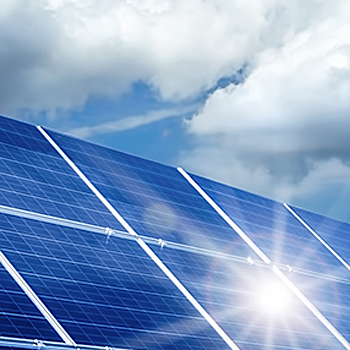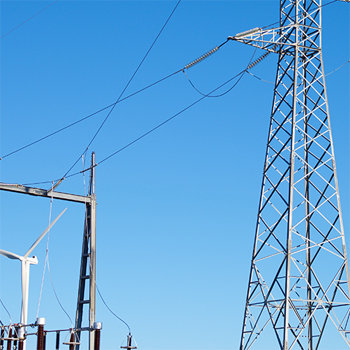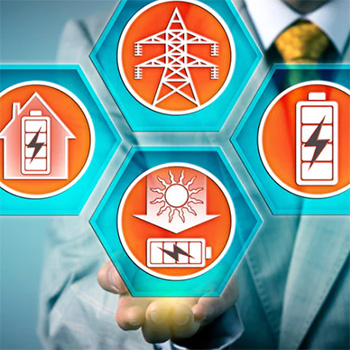Renewable Energy
Environmental stewardship and government regulation are fueling a rise in the use of renewable sources of energy. These include technologies that utilize natural energy such as photovoltaic cells and wind power. Artificial photosynthesis is also attracting attention as a new renewable energy source. In addition, power plants and electrical infrastructure that produce and transmit secondary energy require chemical analyses to ensure efficient and safe operation.

The use of Photovoltaic cells is expanding in an effort to prevent global warming and promote environmental protection. In order to solve various problems such as reliability and improvement of power generation efficiency, detailed analysis using advanced analytical evaluation methods is indispensable. This section introduces applications related to solar cell evaluation and analysis.
Related Products

Artificial photosynthesis is a technique to capture energy from the sun and store it chemically. It is expected to become the 4th renewable energy source along with photovoltaic, solar thermal, and biomass. Shimadzu is collaborating with leading researchers and scientists to determine their needs and to develop novel analytical methods for the analysis of photosynthesis processes. Shimadzu offers a range of instruments used for research on artificial photosynthesis.
Related Products

Electricity is a secondary energy generated by the conversion of primary energy such as fossil fuels and renewable energy. Electricity is an important element that forms the very basis of our lives, and global electricity consumption from all sources increases annually. Shimadzu supports the maintenance and management of electrical infrastructure by providing high-quality products and services.
Related Products

Weight reduction development is underway to improve electricity cost performance and fuel efficiency to reduce the environmental load of automobiles. Weight reduction is also an important theme as a countermeasure against the increase in the number of ECU units and battery weight due to the shift to EV. For weight reduction development, many kinds of new technologies are used such as high tensile strength steel, aluminum alloy, composite materials (GFRP / CFRP) and dissimilar materials joining for multi material. In the process of developing these technologies, various measurements are carried out such as testing, analysis, and observation. Useful evaluation technologies for development of weight reduction are introduced in this session.
Related Products

Demand for lithium-ion batteries is expected to further increase driven by an increase in demand for electric vehicles as various countries around the world implement pro-electric vehicle policies, and an increase in demand for PCs, smartphones, and tablet devices due to the push for digital transformation (DX). In addition, companies and research institutes around the world are actively engaged in research and development to commercialize all-solid-state batteries as the next generation of batteries.
Related Products



